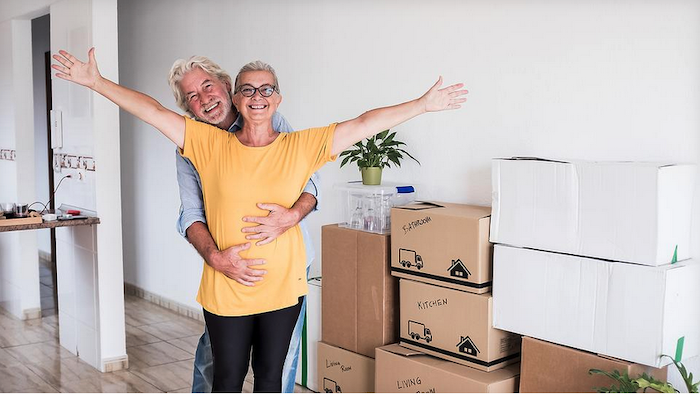— 6 Steps to Guide You in the Process

By Jan Mostrom
I was sick this past week and ended up binging the new Amy Pohler show The Gentle Art of Swedish Death Cleaning. I wasn’t sure what to expect and I was so touched by this Swedish tradition. The show is based on a book of the same name and shows how to navigate this beautiful process. This type of home organization is not sad, although it has big emotional components. It’s really more about the physical and emotional “cleaning out” we all should be doing while on the path of our lives.
This practice encourages speaking openly about the inevitability of death. It also about clearing away things, physical and emotional, to make room to live in the present right now. There are different approaches to this process, but here are six basic principles to help you get started:
- It’s not sad.
- Be gentle.
- No need to rush.
- Think about your legacy.
- Leave the hardest for last.
- Tell your family and friends about this process.
Here’s a bit more about this tradition that can be truly transformative:
- “It’s not sad” means dealing with our mortality before we actually need to. The Swedes don’t think of this as morbid or sad. Rather, it’s a chance to talk openly about what bring us joy, and usually that’s not an abundance of “things.” Clearing out physical space often makes us appreciate and see the things we really love, and live in a more simple present state.
- “Be gentle” during this process. So many of our physical things are attached to memories. Going through things that might have been set aside or hidden for years can be emotional and bring up memories for us. Being gentle to ourselves is so important to move forward during this process.
- “No need to rush” this process. Giving yourself the time to take on one area at a time in a steady but not forced pace helps us do the work. It takes us years to accumulate our things, giving yourself permission to take time to gently go through it is just fine. Progress not perfection is a great mantra!
- “Think about your legacy” and what you really want to leave behind. One of the main reasons Swedes utilize this process is so that our loved ones don’t have to deal with it when we are gone. It gives us control over what physical things we want to pass down and what we donate and let someone else use now. (A mere 1 percent of Swedish garbage actually ends up in a landfill. Repurposing and donating is a fantastic way to bless others.)
- “Leave the best for last” can also be said leave the hardest for last. Start with things that aren’t that meaningful to you like a kitchens. Letting duplicate plates or utensils go can be a lot easier than letting go of grandma’s dresser or quilt. If we get some practice with less emotional things, when we get to the harder (best) things, it’s a bit easier to let some of them go.
- “Tell your family and friends.” One of the things that is emphasized in this process is naturally talking about death with our family and friends. It’s inevitable for all of us, so if we normalize talking about it, things are much simpler when the actual time comes. Sharing memories, your things and your life with others during this simplifying process can make you closer to those you love.
So if you hear the term “death cleaning,” remember it’s more about living whatever days you have left in the best way possible.
Complete Article ↪HERE↩!
